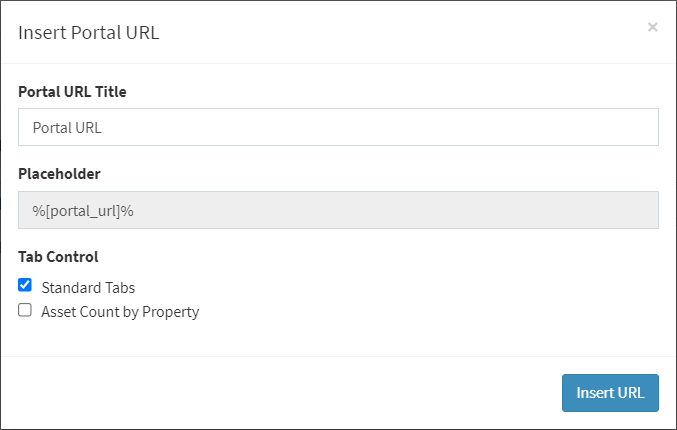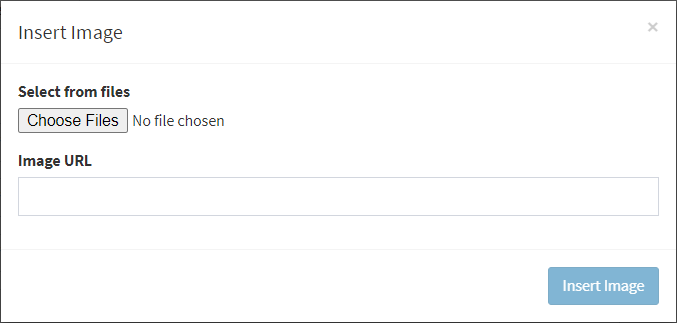Search Knowledge Base by Keyword
-
Introduction
-
Fundamentals
-
Favorites
-
Dashboards
-
Attachments
-
Reports
-
- Available Reports
- All Asset Types
- Application Certification Status
- Application Discovery
- Application Group Analysis
- App Group to SCCM Collection Analysis
- Application Install Count
- Application License Management
- Application Usage
- Asset Count by Property
- Asset Links Count by Asset Type
- Build Sheet
- Computer User Assignment
- Migration Readiness (Basic)
- Migration Readiness (Complex)
- O365 License Management
- O365 Migration Readiness
- SCCM OSD Status
- Scheduled Computers by Wave
- Scheduled Users by Manager
- User Migration Readiness
- VIP Users
- Wave & Task Details
- Wave Group
- Windows 10 Applications
- Patch Summary
- Delegate Relationships
- Show all articles ( 12 ) Collapse Articles
-
Self Service
-
Workflow
-
Assets
-
- View Asset
- Asset Properties
- Images
- Notes
- Waves
- Tasks
- Attachments
- History
- Rationalization
- QR Code
- Linked Assets
- SCCM Add/Remove Programs
- Altiris Add/Remove Programs
- Related Assets
- Relationship Chart
- Permissions
- Show all articles ( 1 ) Collapse Articles
-
Event Logs
-
Users & Groups
-
Asset Types
-
Charts & Dashboards
-
Options
-
Module Settings
-
API & Stored Procedures
-
Administration
Placeholders
ReadyWorks provides the ability to add placeholders to the email subject and email body of T-Comm templates to personalize emails.
Email Subject Placeholders
Placeholders can be utilized in the email subject to personalize the email with the user’s name, asset name and wave or task details. Click the Asset Placeholder button to insert a placeholder for any data column of any asset type into the email subject.
![]()
| Placeholder | Icon | Variable | Description |
| Full Name | %[name]% | Name field of the user directly or indirectly linked to the wave or task | |
| First Name | %[first_name]% | First Name field of the user directly or indirectly linked to the wave or task | |
| Last Name | %[last_name]% | First Name field of the user directly or indirectly linked to the wave or task | |
| %[email]% | Email field of the user directly or indirectly linked to the wave or task | ||
| Asset Name | %[asset_name]% | Name field of the computer directly linked to the wave or task | |
| Start Goal Date | %[start_goal]% | Start Goal date of the wave or task | |
| Start Goal Time | %[start_goal_time]% | Start Goal time of the wave or task | |
| End Goal Date | %[end_goal]% | End Goal date of the wave or task | |
| End Goal Time | %[end_goal_time]% | End Goal time of the wave or task | |
| Group Name | %[group_name]% | Name field of the wave or task |
Email Body Placeholders
Placeholders can be utilized in the email body to personalize the email with the user’s name, portal URL, asset name and wave or task details. Click the Asset Placeholder button to insert a placeholder for any data column of any asset type into the email body.
![]()
| Placeholder | Icon | Variable | Description |
| Portal URL | %[portal_url]% | Unique URL for each user to the portal | |
| Self Service Calendar | %[ss_calendar]% | List of schedule days configured on the wave | |
| Full Name | %[name]% | Name field of the user directly or indirectly linked to the wave or task | |
| First Name | %[first_name]% | First Name field of the user directly or indirectly linked to the wave or task | |
| Last Name | %[last_name]% | First Name field of the user directly or indirectly linked to the wave or task | |
| %[email]% | Email field of the user directly or indirectly linked to the wave or task | ||
| Asset Name | %[asset_name]% | Name field of the computer directly linked to the wave or task | |
| Start Goal Date | %[start_goal]% | Start Goal date of the wave or task | |
| Start Goal Time | %[start_goal_time]% | Start Goal time of the wave or task | |
| End Goal Date | %[end_goal]% | End Goal date of the wave or task | |
| End Goal Time | %[end_goal_time]% | End Goal time of the wave or task | |
| Group Name | %[group_name]% | Name field of the wave or task | |
| Image | Not applicable | Upload an image file or link to display in the email |
Asset Placeholders
Click the Asset Placeholder button to bring up the Insert Asset Placeholder dialog. Select the location (Body, Subject), asset type and data column of the placeholder and click the Insert button.

Portal URL
Click the Portal URL placeholder to bring up the Insert Portal URL dialog. Enter the title of the portal URL, select the tabs (features) to display in the URL, and click the Insert URL button. The title will be displayed as a hyperlink to the actual portal URL. Standard Tabs include out of the box portal features (User Information, Computers, Applications, Scheduling). Additional tabs (if created) are available for selection (e.g. Asset Count by Property shown below). Different portal URLs can be added to T-Comm templates to send users different portal views.

Image
Click the Image placeholder to bring up the Insert Image dialog. Enter the image URL or browse to upload a file and click the Insert Image button.

